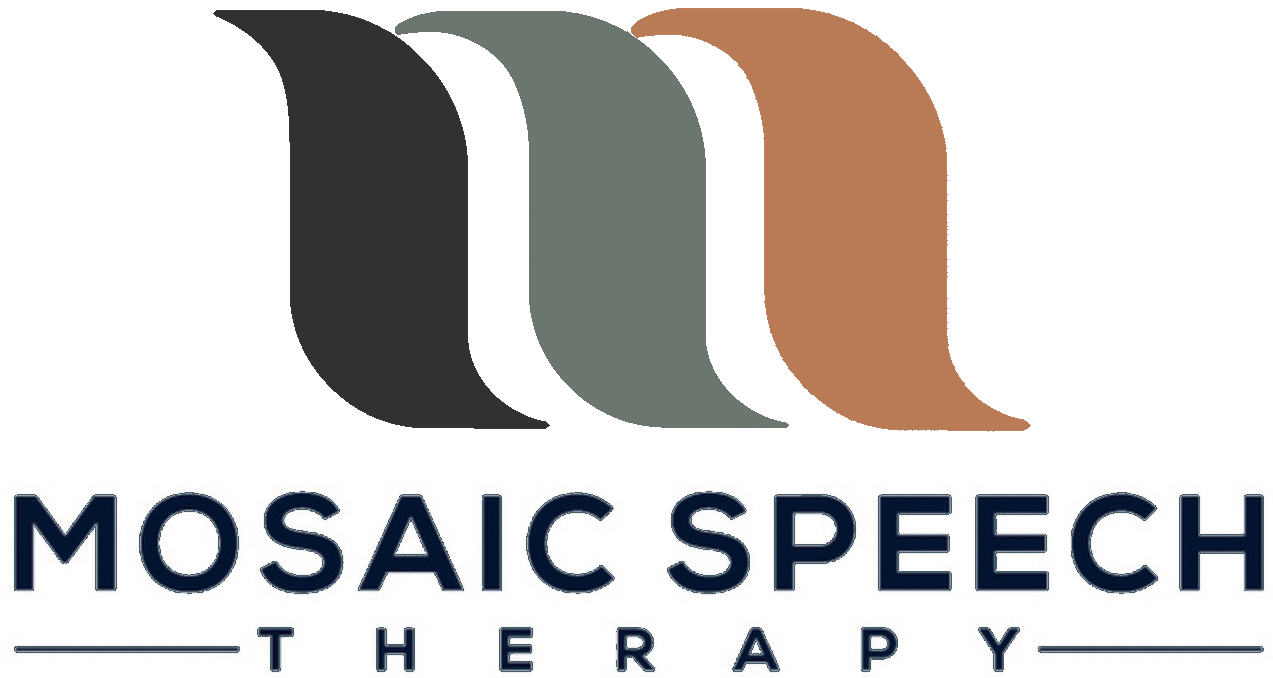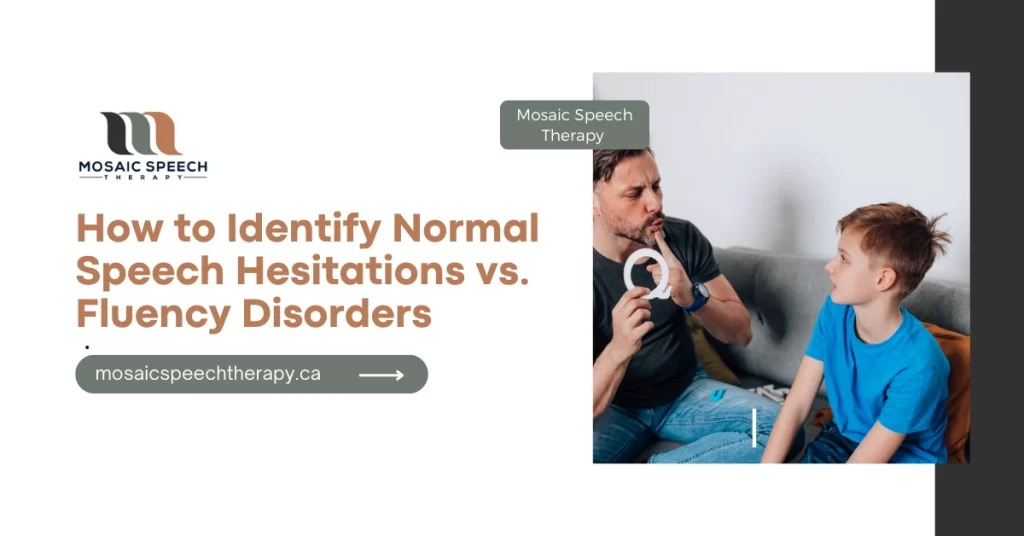It is quite challenging to differentiate between normal speech development and signs of a fluency disorder. Knowing what to look for is essential for parents, caregivers, and educators to support children effectively.
In this article, we will delve into the key differences, causes, and actionable steps to address speech hesitations and fluency disorders.

What Are Normal Speech Hesitations?
Speech hesitations are a natural part of language development, especially in young children as they learn to communicate.
They are most common between the ages of 2 and 5, as children’s language and motor skills develop rapidly. Most children outgrow these patterns without intervention. These moments occur when a child is:
- Searching for the right word.
- Structuring a sentence.
- Processing new vocabulary or complex ideas.
Common Characteristics of Normal Hesitations
- Repetitions: Words or phrases repeated once or twice (e.g., “I-I want that”).
- Pauses: Brief pauses while thinking.
- Interjections: Use of fillers like “um” or “uh”.
- Infrequency: These hesitations are occasional and decrease as language skills improve.
What Are Fluency Disorders?

Fluency disorders, including stuttering and cluttering, are communication challenges that disrupt the flow of speech. Unlike normal hesitations, these disorders are persistent and may interfere with daily interactions.
Signs of a Fluency Disorder
- Prolongations: Holding a sound for an extended period (e.g., “Sssssssometimes I go there”).
- Blocks: Moments where no sound comes out despite visible effort.
- Frequent Repetitions: Repeating sounds, syllables, or words multiple times (e.g., “I-I-I-I want to go”).
- Physical Tension: Facial grimacing, blinking, or other physical strain during speech.
- Avoidance: Hesitance to speak in certain situations or substituting words to avoid difficulty.
Common Types of Fluency Disorders
- Stuttering: Characterized by repetitions, prolongations, and blocks.
- Cluttering: Rapid or irregular speech patterns that can make communication difficult to understand.
When to Seek Help
- The child’s hesitations are frequent and noticeable.
- Speech disruptions persist beyond age 5.
- There is visible frustration or emotional distress about speaking.
- Peers or adults have difficulty understanding the child’s speech.
How Mosaic Speech Therapy Can Help?

At Mosaic Speech Therapy in Edmonton, we offer tailored solutions to address both normal hesitations and fluency disorders. Here’s how we can support you:
Comprehensive Speech Assessments
Our licensed speech-language pathologists conduct detailed evaluations to identify whether a child’s speech patterns fall within the range of typical development or indicate a fluency disorder.
Personalized Therapy Plans
We design individualized therapy programs based on:
- The child’s specific needs.
- Evidence-based techniques like the Lidcombe Program or fluency shaping.
- Collaborative input from parents and educators.
Parent and Caregiver Training
We empower families with:
- Strategies to reduce communication pressure.
- Techniques to encourage relaxed, confident speech.
- Guidance on fostering a supportive environment at home.
As Edmonton’s trusted provider of speech therapy services, Mosaic Speech Therapy combines expertise with compassion to help children achieve their communication potential. We’re dedicated to providing:
- Highly skilled speech-language pathologists.
- Customized therapy plans tailored to each child’s journey.
- A welcoming, family-centered environment.
For personalized assistance, feel free to contact us at info@mosaic-slp.ca or 587-292-0072.

